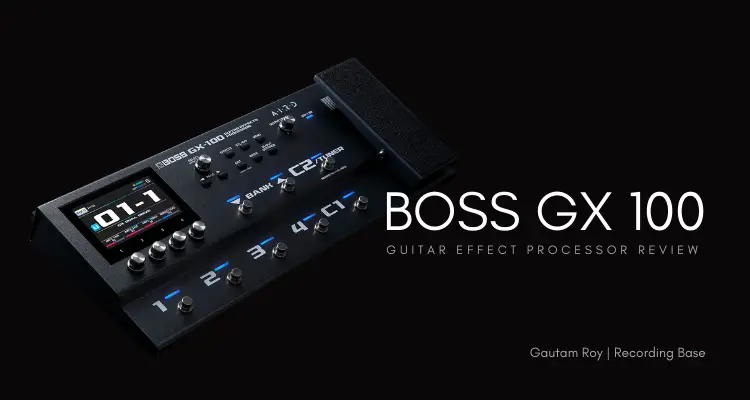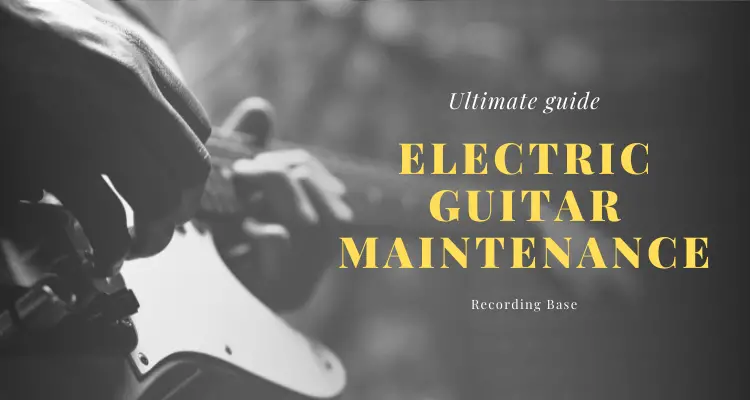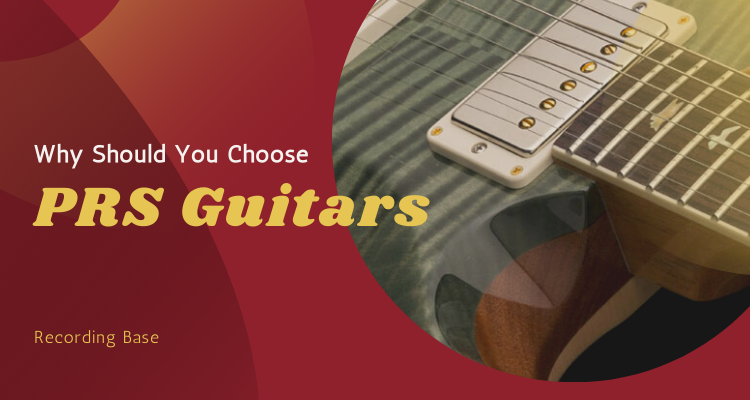In this article, I have shared 5 tips for guitarists going into the studio for the first time recording their guitar.
While most modern guitarists will spend a lot of time recording themselves at home when fleshing out ideas, going into an actual professional studio can be a totally different experience.
Whereat home you might be ok with some rough edges in performance or in the sound of your guitar, going into a professional studio and dealing with professional producers and engineers means stepping up your game and being ready to perform at a high level.
Nobody wants to be the person that holds their band back in the studio, so you gotta show up ready to roll, right?
Thankfully, you’re not the first guitarist to go into a studio! That means you have decades of other people’s mistakes to learn from and get yourself in the best position to shine when you show up and the red light goes on.
The internet is awash with advice for guitarists, but here’s our distillation of five of the key points you want to bear in mind when getting ready to lay down some proper tracks.
Table of Contents
1. Get Your Guitar in Studio Shape
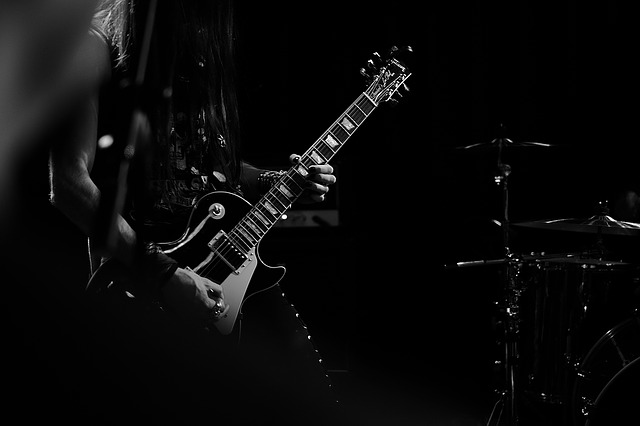
The number one mistake guitarists make is going into the studio with a guitar that’s not up to professional standards.
Maybe your guitar doesn’t stay in tune for long, or maybe you’ve got the good old G-string that likes to wander sharp here and there – that needs to be taken care of before you hit record, and taken care of properly.
Disclosure: This post may contain affiliate links, which means we may receive a commission if you click a link and purchase something that we recommended. Read more about Affiliate disclosure here.
While home setups are ok for home recording, you need a professional setup for a professional recording.
Take your guitar to the local guitar shop (not the big box store) and ask them to give you a setup.
This will involve getting your frets to where there’s no buzzing, setting the action for your playing style, setting the intonation so that it’s as close to in tune as possible at all times, and cleaning out the pots so that there are no crackles.
2. Get Your Amps and Pedals in Studio Condition
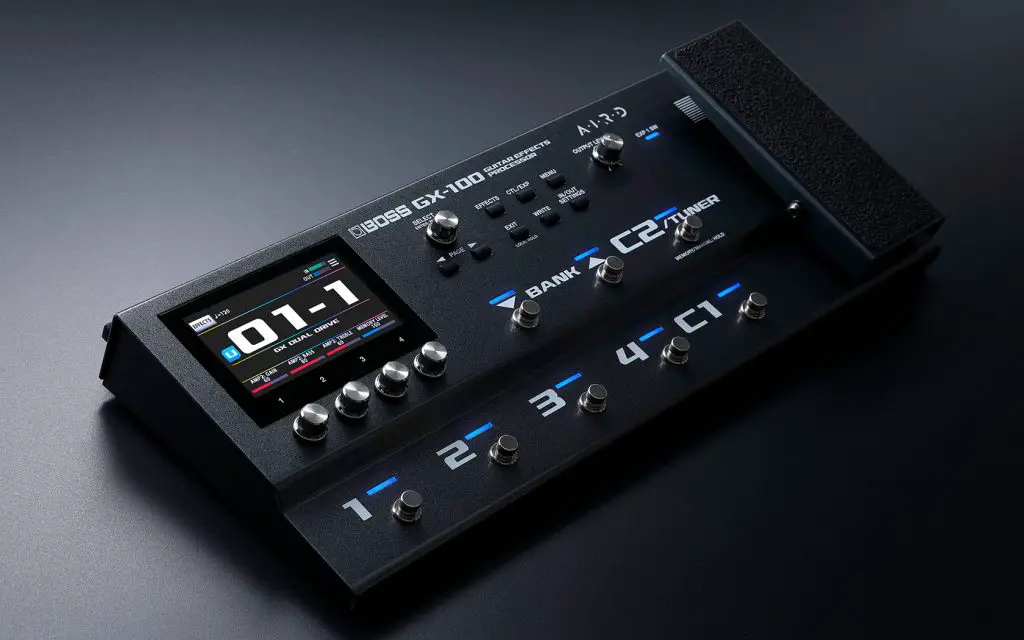
Just as you did with your guitar, you need to make sure your amps and pedals don’t have any buzzing or other unwanted noise that will hinder the session.
While most studios will have gear on hand, if you know what you want in the studio it’s going to be better to bring the sound with you rather than burn studio time trying out sounds.
If your amp hums or buzzes, figure out where the issue is – try the amp with different guitars/cables/pedals until you isolate the issue, and solve it.
Maybe one of your guitars needs a cavity shielded, maybe one of your cables needs to be replaced, and maybe your amp needs to go to a tech. Deal with it ahead of time.
3. Figure Out All of the Sounds You Want Ahead of Time
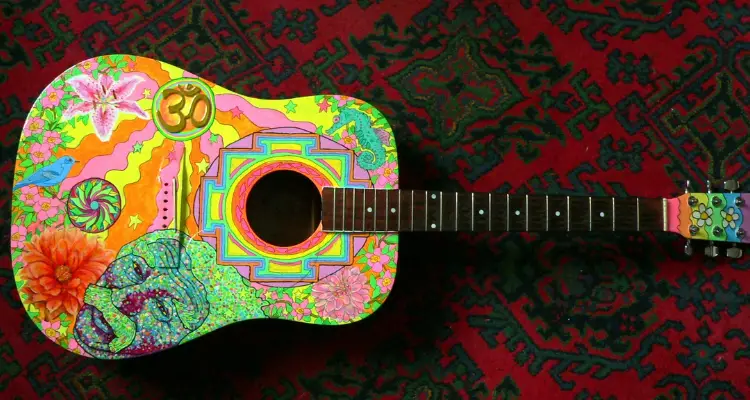
Practice rooms are loud, and many of us use them as the space to figure out what works best for our parts within the context of the song.
However, what is hidden in the volume of a practice space is loud and proud when on a recording. You need to sit down at home and make sure everything that you’re ready to put on the record is exactly what you want.
This especially goes for the guys with the big pedalboards.
When you’re heavily processing your guitar signal, it can be hard to pick out the nuances of things like pedal order in a loud practice environment, and there can be a big creative difference even in minor choices like putting reverb before or after delay.
Take the time at home to play through all of your parts and make sure that the sounds coming out at the end are the sounds that you want on the record.
4. Make Sure You Can Play Your Parts With Your Eyes Closed
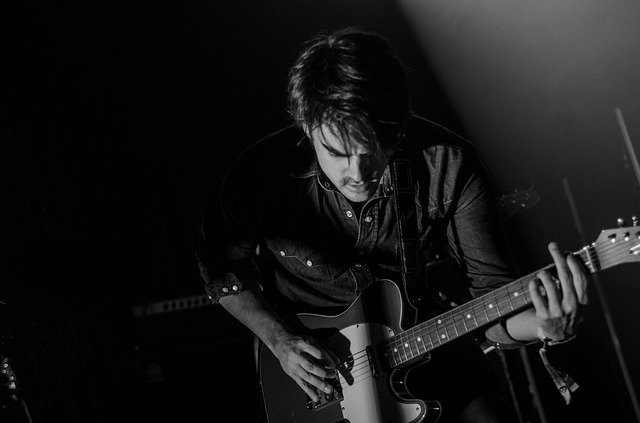
This is an absolute killer in the studio – every engineer has the horror story of bands that come in where one person is holding them back because they never actually practice outside of a practice room.
You need to know your parts inside out and backward – honestly, the best players will also know everyone else’s parts too, but really you want to make sure that when someone says “hey, can you quickly give me what you’re playing in the last two bars of the second verse”, you can turn on a dime and give it to them.
This becomes especially important when the dreaded “red light fever” comes into play. You get into the studio and the red light is on, and suddenly your fingers get nervous and stumble every time you try to play your parts.
We’ve all been there, and it sucks when you feel like you’re holding up the session – but if you’ve played your songs a million times, paying attention to each part instead of just going on feel, your fingers will have an inbuilt memory that the red light can’t mess with.
5. Be Open Minded
Every song is a long process of change and collaboration from the point that one person comes up with the first riff to the last time the band plays the song.
You might find a song you’ve been playing live for two years changes completely once it’s time to put it on tape, and you need to be open to that in the studio.
The reason a band works with a producer and not just an engineer is that they want input on how they can improve the songs to make them the best that they can be.
If you go in with the attitude that your parts are set in stone, you’re going to become a burden on the band.
If you take every suggestion with the attitude of “this will probably suck but I’ll try it anyway”, you’re going to talk yourself out of some good ideas before even giving them a chance.
Try to enter the studio with an open mind.
Be open to change, don’t be precious about the songs, or your parts. Be ready to go in with one song and come out with another – because change is where growth happens
Conclusion – Have fun!
The most important thing is to not psych yourself out. The studio is for sure a place to work, but if you’re having fun, it will be audible on the record.
Get yourself all set before you start recording, and you’ll have room on the day to have fun, play your heart out, and make something you’re proud of.
You may also like,
- Boost Your Guitar Sound With Dynamics [Ultimate Guide]
- 6 Mistakes To Avoid When Replacing Guitar Strings
How should I get ready to record in a studio?
Practice makes you perfect. So, practice the phrases until recording. Practicing with the click track keeps you with the tempo so don’t forget to practice with a metronome. Keep your amps, effect pedals, and presets ready.
How do I make my guitar sound better when recording?
Always use guitars from a good and reputed manufacturer. Don’t use crap otherwise you will face trouble in between the recording session. Read my article, Boost Your Guitar Sound With Dynamics [Ultimate Guide] to make your guitar sounds perfect.
What should I bring to a studio session?
You should come recording studio with your guitar, strums, pedals and amps, some snacks, and most importantly, PRACTICE.

